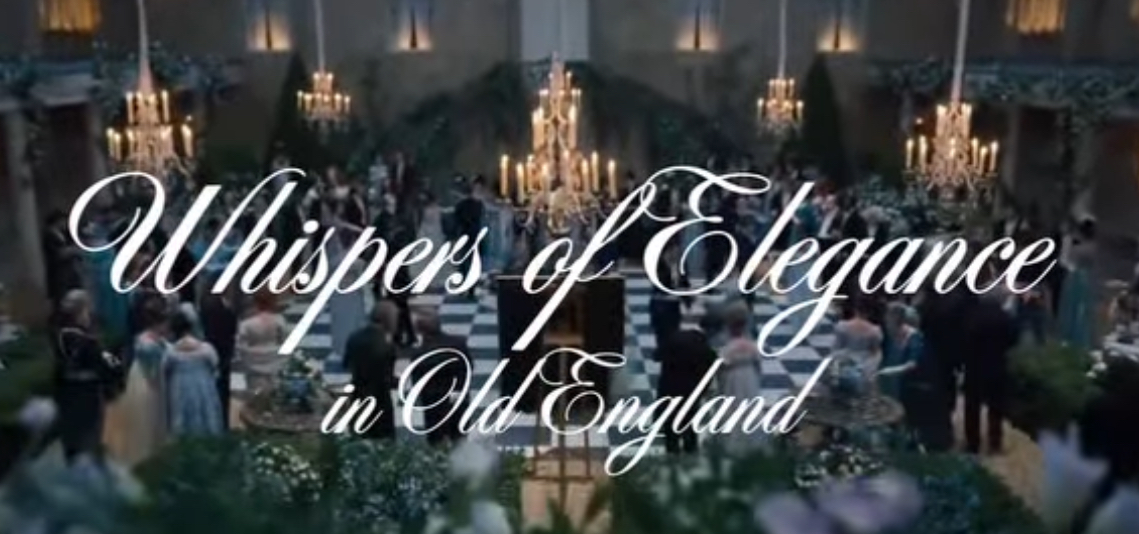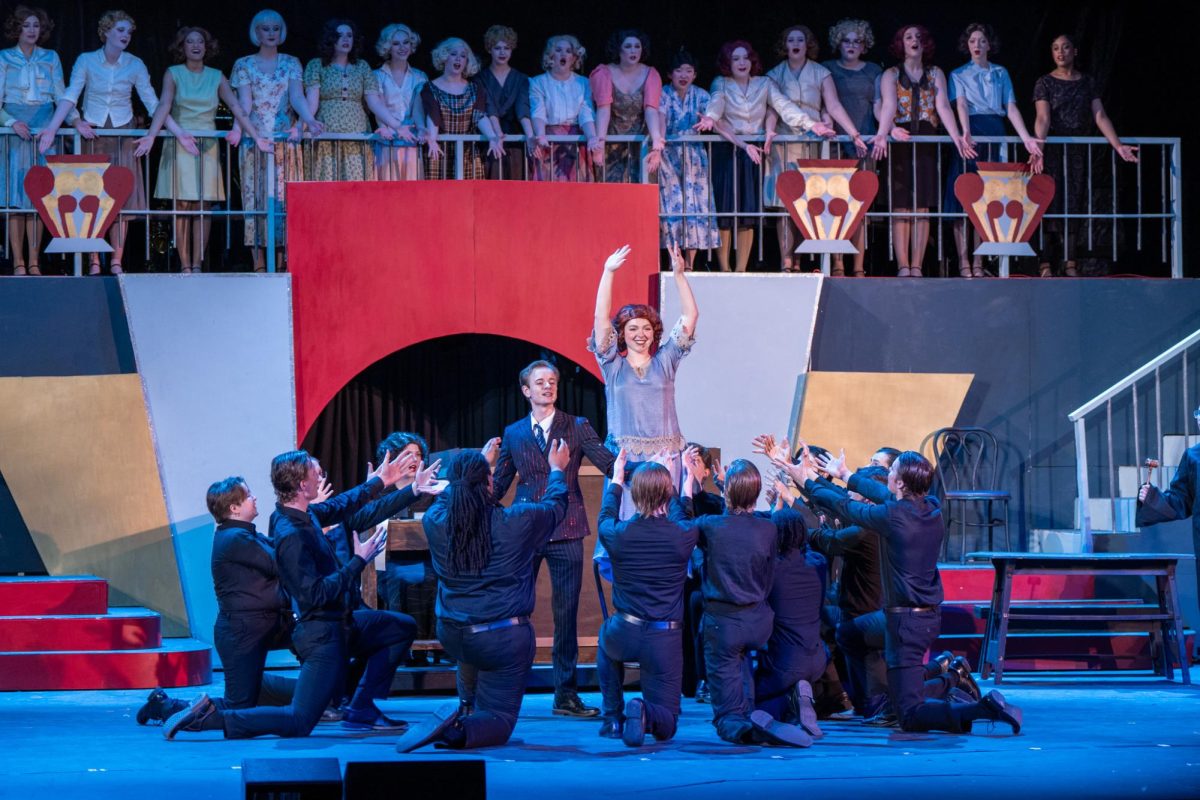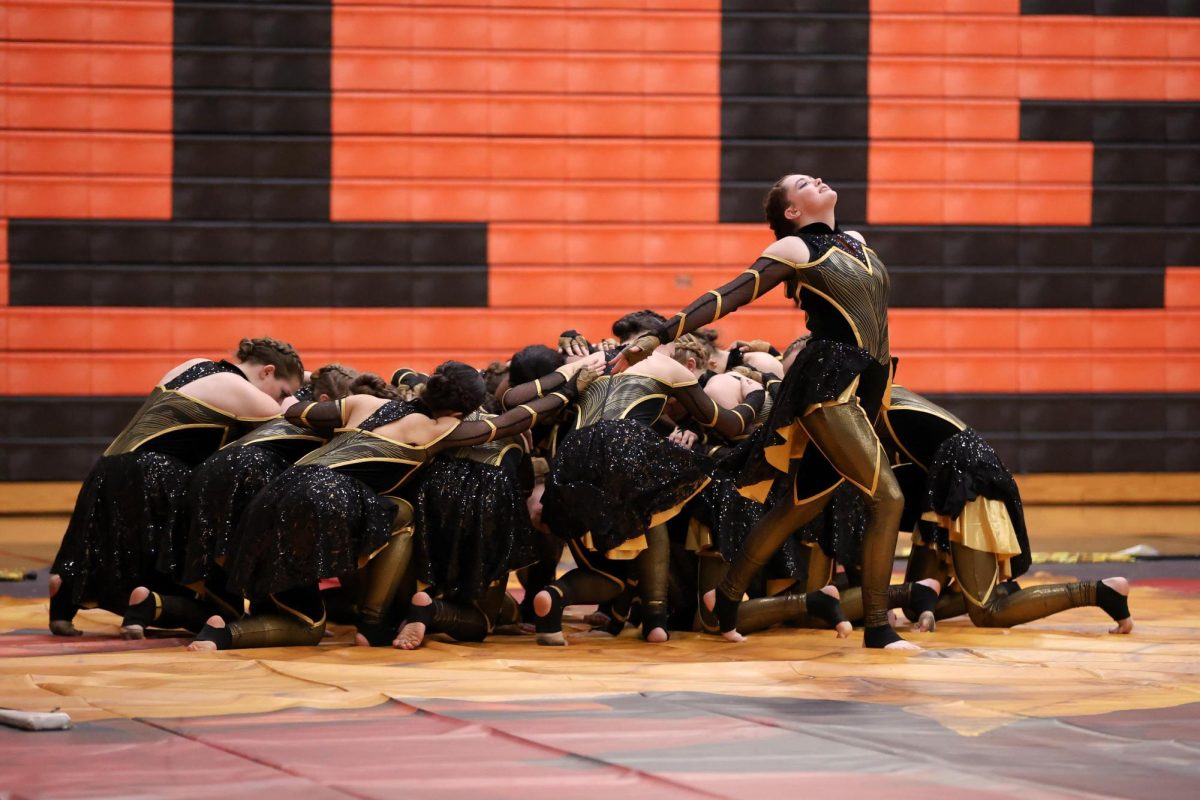The History of Caps and Gowns
May 12, 2023
With graduation coming up, many students might be dreading wearing the classic cap and gown. While it may be discouraging to think about wearing this thick, oversized attire in 80-degree heat, caps and gowns have a symbolic meaning and deep background as to why graduates wear them today.
According to The Washington Post, caps and gowns date back to universities in 12th century Europe. Many professors were priests or monks, so they opted for modest clothing. Students, specifically those who were studying to do something similar, started to follow the trend.
The “long robes and hoods” are believed to have been worn in an effort to stay warm in unheated buildings of schools and churches. The Graduation Source history blog says the hoods represented higher intelligence and superiority in “Celtic groups and Druid priests.”
The first American university to adopt the robes and hoods of the Europeans was Columbia University in New York during the colonial era.
These robes, capes and hoods were initially worn as casual, everyday dress in schools. In the 1300s, Oxford University and Cambridge University were the first to recognize this style as official graduation attire. Eventually, formal/ “excessive” attire wasn’t allowed at any other time, in an effort to unite students.
In the 15th century, the traditional flat caps that are seen today were developed, most likely from birettas. According to the New Advent encyclopedia, a biretta is a square cap commonly worn by Catholic clerics of all grades.
After the Civil War, American universities began to save this academic apparel for graduation as well. During the 1950s, schools changed up the classic grey color of their robes and chose specific school colors in an effort to personalize them.
So although this outfit can be a hassle, it represents so much more. It acts as another reminder that you’ve grown, learned and are ready to take the next step in life.











